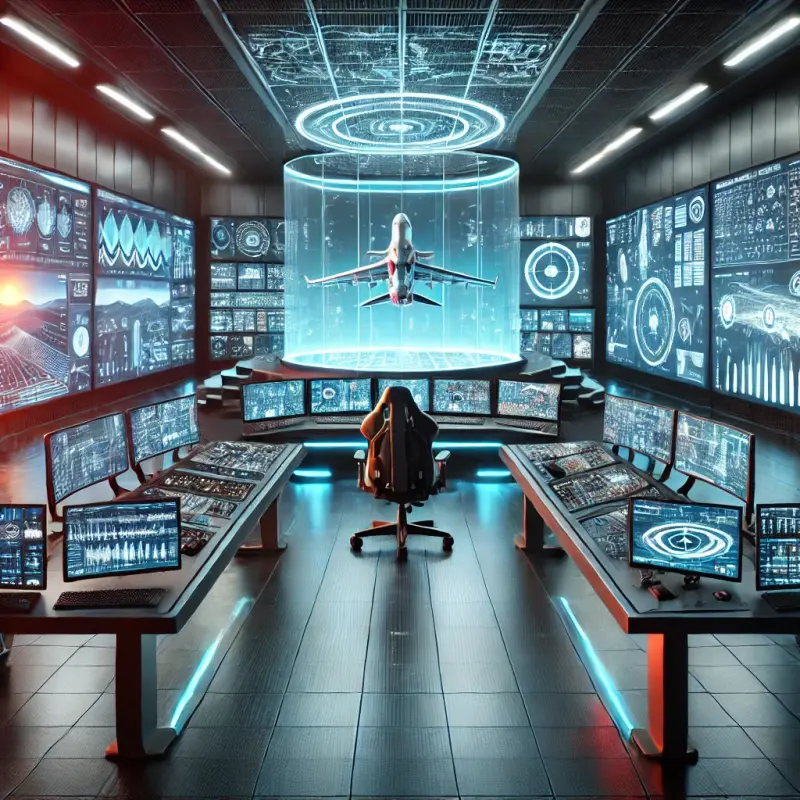Introduction to Virtual Simulations in Aviation Technology
In the rapidly evolving world of aviation, the integration of virtual simulations has become a cornerstone in developing and refining new technologies. These simulations, utilizing advanced computational models and immersive environments, offer unprecedented opportunities for engineers and designers to push the boundaries of what is possible in aircraft design and functionality.
The Impact of Virtual Simulations on Development Speed
The primary advantage of virtual simulations in aviation is their ability to significantly speed up the development process. Traditional methods of testing new aircraft technologies often involve extensive and costly physical prototypes and test flights. However, virtual simulations eliminate the need for multiple prototypes, allowing designers to analyze hundreds of aircraft configurations within a fraction of the time it would take to build and test physically.
This rapid testing capability not only accelerates the development cycle but also enables a more iterative approach to design. Engineers can quickly modify designs based on simulation outcomes, test these changes instantly, and refine their models in real-time. This flexibility is crucial in an industry where even minor enhancements can lead to significant improvements in performance, safety, and fuel efficiency.
Advantages Over Traditional Testing Methods
Beyond speed, virtual simulations offer several other advantages over traditional testing methods:
- Cost Efficiency: Virtual simulations reduce the need for costly physical prototypes and the associated risks of damage during testing.
- Safety: They allow for the testing of extreme conditions and failure scenarios without any risk to human life or property.
- Environmental Impact: Simulations decrease the number of test flights needed, thereby reducing the carbon footprint associated with aircraft testing.
Each of these benefits not only drives faster development but also supports the aviation industry's goals of becoming more sustainable and economically efficient.
Technological Foundations of Virtual Simulations
At the core of effective virtual simulations are sophisticated software and computing systems capable of modeling complex aerodynamics and aircraft behaviors. These systems use algorithms to predict how new designs will perform under various conditions, from standard operations to critical stress tests. The accuracy of these simulations has improved dramatically with advancements in computational power and the integration of artificial intelligence, which can predict outcomes based on data from past tests.
